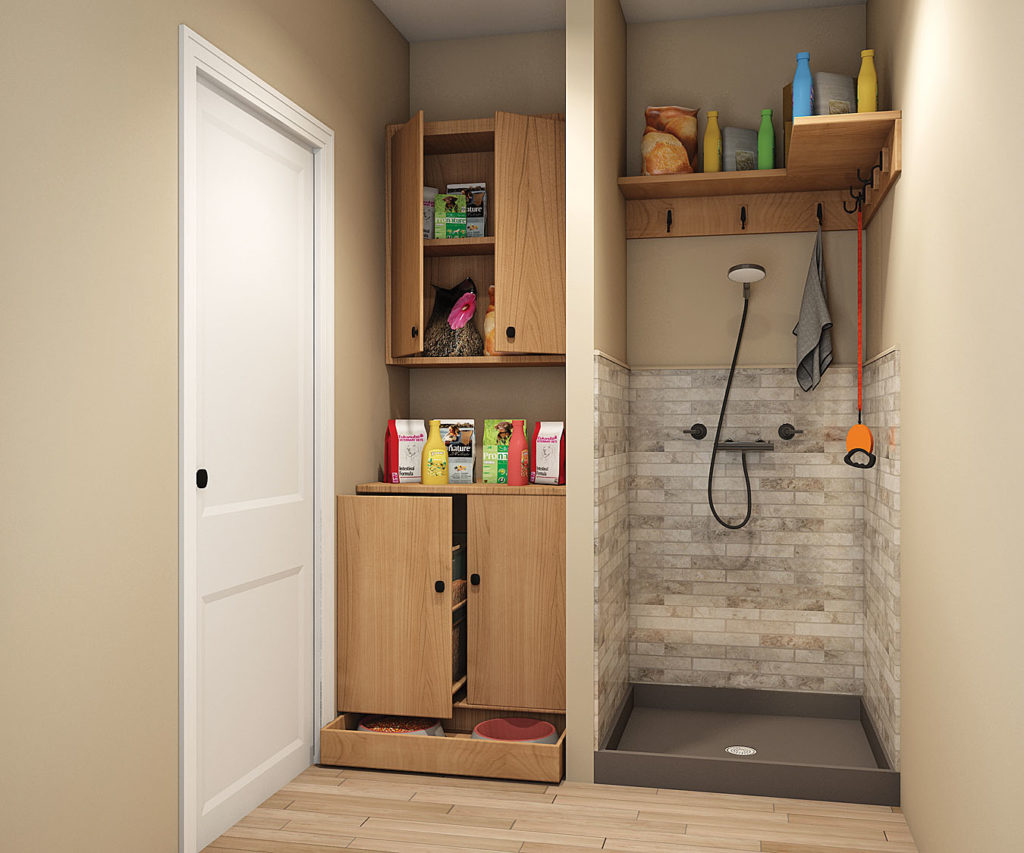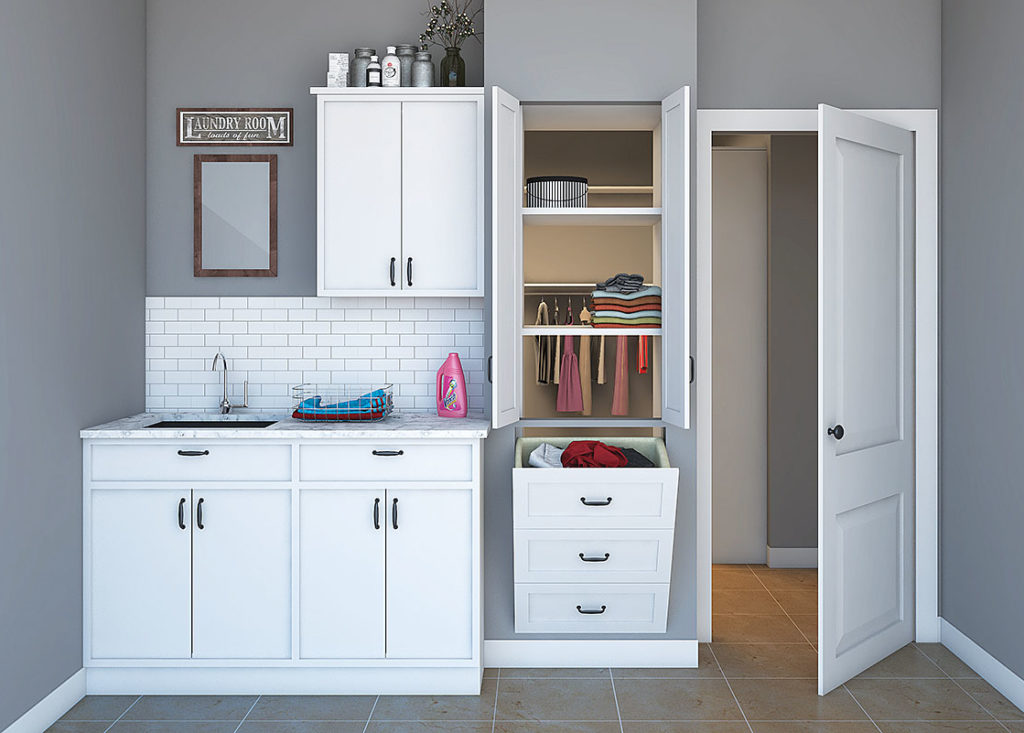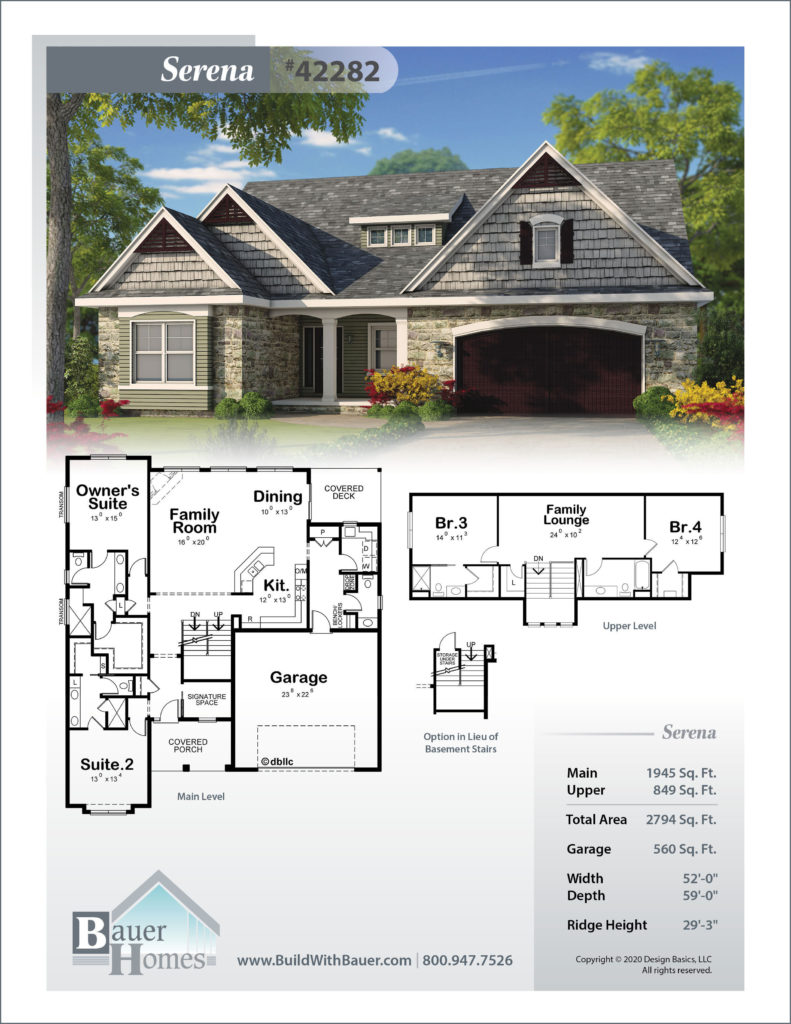
Entertaining: Beyond Four Walls
We get it. Some people are all in on outdoor living, relishing being outside, even at home. Second, we know that entertaining is one of the primary lenses people look at when considering a home purchase. At the intersection of outdoor living and entertaining is the sweet spot that helps determine many a home sale. Whether or not those issues are high on your priorities, a home designed for outdoor entertaining shows up in noticeable, and not so obvious, ways.
The Modena (plan #29372) has an inviting covered porch wrapping three sides.
The Murnane Manor (plan #42156) establishes its own sense of welcome with its fabulous front courtyard, anchored by a water feature to the left and French Door pass thru to the formal dining room.
Outdoor entertaining spaces in front of the home beckon passersby. Still, most of the time when we think of outdoor entertaining, we think of rear patios and the back yard. It may be privacy and lack of distraction from cars driving by, the security of a fenced rear yard for kids’ play and decreased likelihood that a ball is going to get kicked in front of an oncoming car, or just the fact that your back yard is more spacious. As with indoors, how you like to entertain will help determine the amenities that make your outdoor entertaining area ideal.
Porches, loggias, decks, and patios. Porches, loggias, and decks are attached to the home. Porches and loggias always have a roof, decks may or may not be covered. Advantages of a covered outdoor living space include shade, being able to still use the space when it rains, and the fact that materials used such as cedar typically last longer when protected from the weather by a roof. Porches may also have walls with screens and sometimes windows. Loggias have a more formal feel, incorporating columns to the open side and sometimes arches. Consider however, that covered and especially screened-in outdoor living areas will reduce the amount of sunlight enjoyed by the adjoining rooms. Patios are built on top of the ground and while they might abut the home, they are not attached to the house.
Multiple outdoor living spaces adorn the Sinclair Terrace (plan #42424 shown below). Sliding patio doors at the back of the dining room access the 30-foot screened porch, so even large dinner parties can enjoy the gathering without pesky mosquitoes.
Note the skylights atop the covered porch in the Comstock (plan #2778 at right), providing added sunlight for the great room, which might have appeared a bit dark because of the porch roof blocking sunlight.
How and where we access the outdoor living areas is a significant design consideration. The choice of hinged or sliding patio doors is often dictated by the adjacent interior space. If a hinged door would have to open into the dining area, potentially conflicting with the placement of table and chairs, a sliding door would be best. Can the transition to your outdoor living area be barrier free for individuals with limited mobility? That indoor/outdoor connection can also become congested when entertaining, so is there the possibility of two doors, providing dual traffic routes in and out?
The Gunnison (plan #50016) offers doors onto its loggia from both the dining room and the great room, providing a circular traffic route with minimal congestion. Notice also, being framed by the dining room and owner’s suite, this particular layout offers maximum privacy from side-neighbors for your get-together. And there is a door off the owner’s bedroom, perfect for enjoying quiet sunsets and cheery mornings.
Sometimes overlooked or underappreciated is where the bathroom is located that your guests will use when you’re entertaining outdoors. You would prefer they not have to walk all the way to the front part of your home. Planning a swimming pool in your backyard? If that nearby bathroom has a shower that’s even more accommodating!
The Rourke (plan #42082) has a 5-foot shower in the hall bathroom conveniently, but privately, located near the dining room’s door out onto the rear deck/patio. Also, notice the private grilling porch – separate from the outside entertaining area.
Because there is a Jack-and-Jill bathroom for bedrooms 2 and 3, the Connery’s (plan #42084) full guest bathroom serves splendidly as a traditional guest bathroom when entertaining indoors. Perhaps even better is when your party moves outdoors, as there’s a covered patio pathway to this bathroom’s direct outside access.
Outdoor Cooking. Seventy-five percent of U.S. adults own a grill or a smoker (Hearth, Patio & Barbecue Association). So, it’s only natural that our affinity for grilling out is a significant design consideration, beginning with where that grill will be located. Will it be the centerpiece of a full outdoor kitchen? A visible part of your outdoor entertaining space, or would you prefer a more private grilling porch? People who don’t want an outdoor kitchen but love to barbecue may fall in love with the Chill-N-Grill™ amenity found in several Design Basics’ home plans. If you plan on running a natural gas line to where the grill will be located to avoid lugging heavy LP gas tanks in and out of the car, up and down steps, plan also on an inside shutoff valve for that gas line, in case of emergency or severe weather. If possible, you’ll also want to run electricity there for a grill light. Overlook that, and you will find yourself grilling after dark, cutting into that steak you’re cooking and not being able to discern if it is medium rare or medium.
The Cherry Gables (plan #42441) suggests an outdoor kitchen at one side of its covered patio, right next to the eating area.
Don’t have or want an outdoor kitchen but love to cook out? The Fiala (plan #42281) positions its Chill-N-Grill™ conveniently just off the patio doors leading onto the covered porch.
Chill-N-Grill™ design concept, with everything you need for a great barbecuing experience!
Our attraction to fire doesn’t stop at the grill. The Kennedy (plan #42134) showcases a traditional fireplace at the far end of its covered patio. Nestled between two arched openings and underneath a beamed cathedral ceiling, the fireplace is the focal point of this wonderful outdoor space and also the home’s great room. It’s so easy to imagine ceiling fans suspended from those exposed timbers, too! And did you notice there’s a door from the outside into the rear foyer with its adjacent wine cooler cabinet? Perfect for outdoor entertaining!
The Evergreen Weekender (plan #42054) presents a decidedly more casual approach, inviting conversation and s’mores around its fire pit anchoring the uncovered portion of the home’s rear patio. Other amenities include powder bath access and double doors leading to storage for backyard furniture, activities, and games.
How you like to entertain will strongly influence your desired outdoor living amenities. Stringing lights can make the occasion fanciful or festive, where might you want/need power outlets? Your home faces east and you enjoy being out back in the evenings. Even if you have a covered deck, do you need to consider retractable awnings?
A final reminder – outdoor entertaining space and amenities do not affect a home’s square footage, but they can significantly affect a home’s cost. Another reason you shouldn’t compare homes on a cost per square foot basis!
Next week: Fun-filled Entertaining
Livability at a Glance™ is our proprietary color-coded floor plan system that highlights four different lenses especially important to women: Entertaining, De-stressing, Storing, and Flexible Living. Discover your Lifestyle Profile by taking our Livability at a Glance Quiz.
For more resources on thoughtful design and products:
- Visit our blog
- Browse our Her Home™ Magazine
- Thoughtful Design Concepts
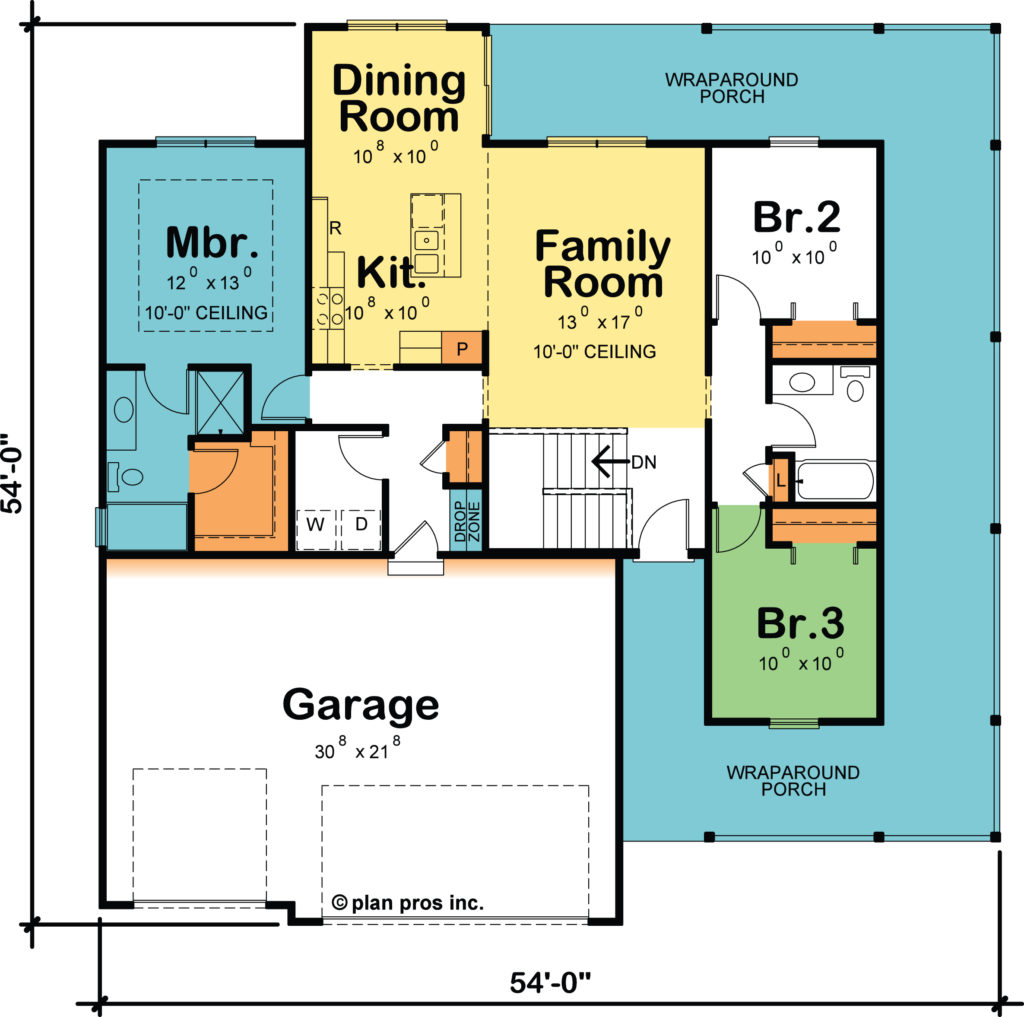
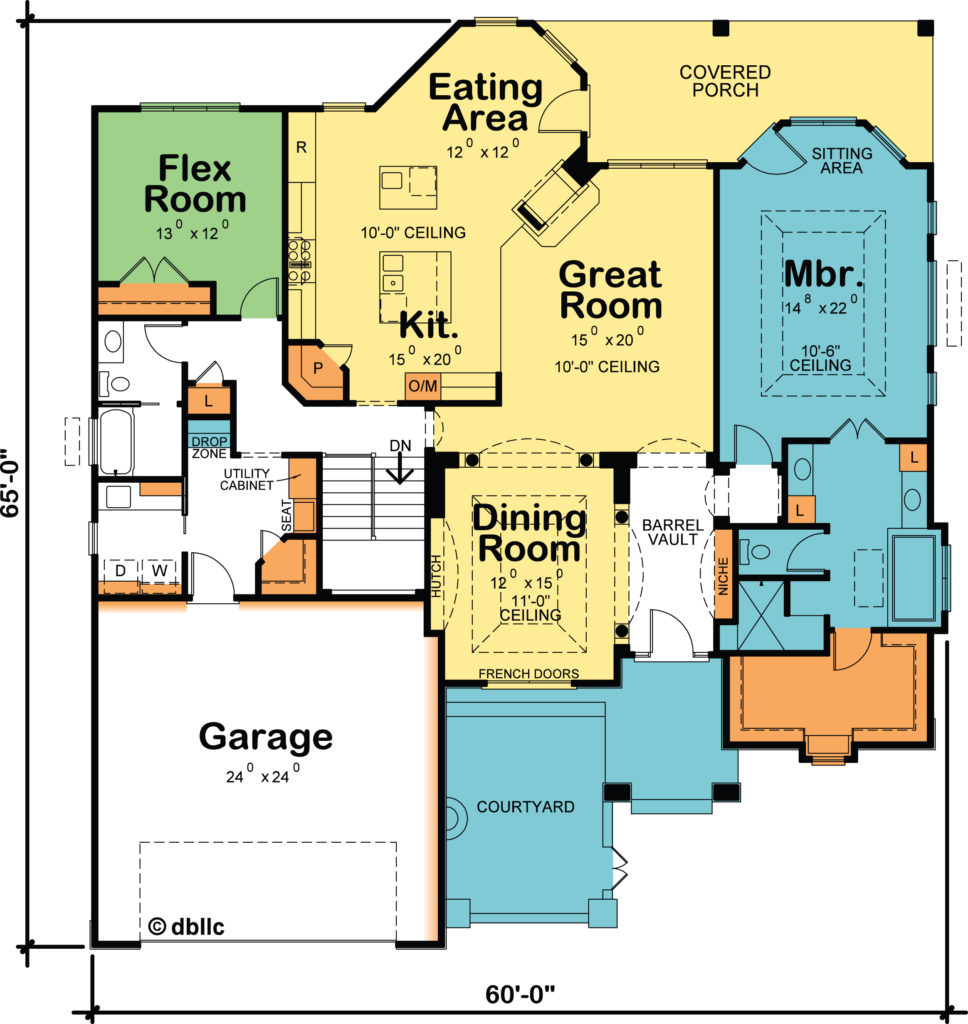
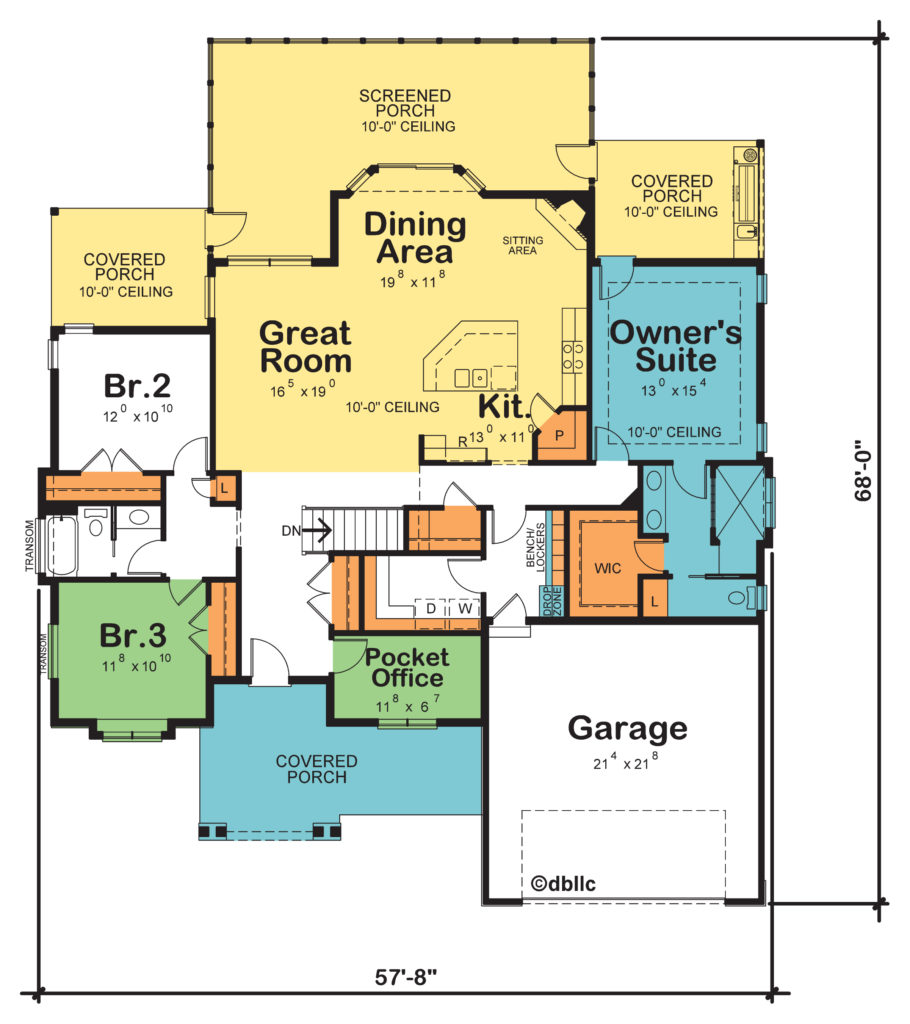
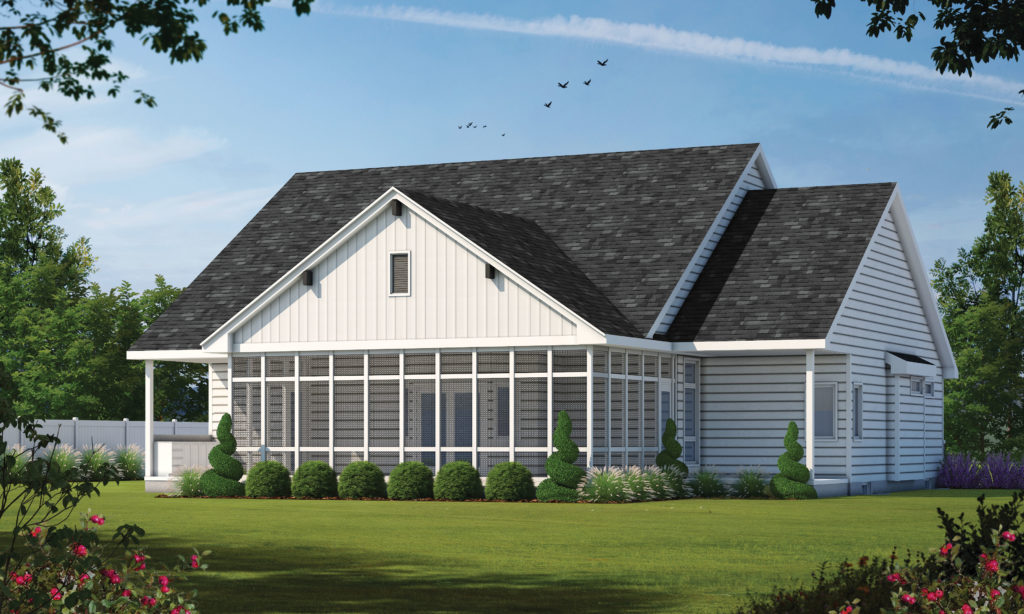

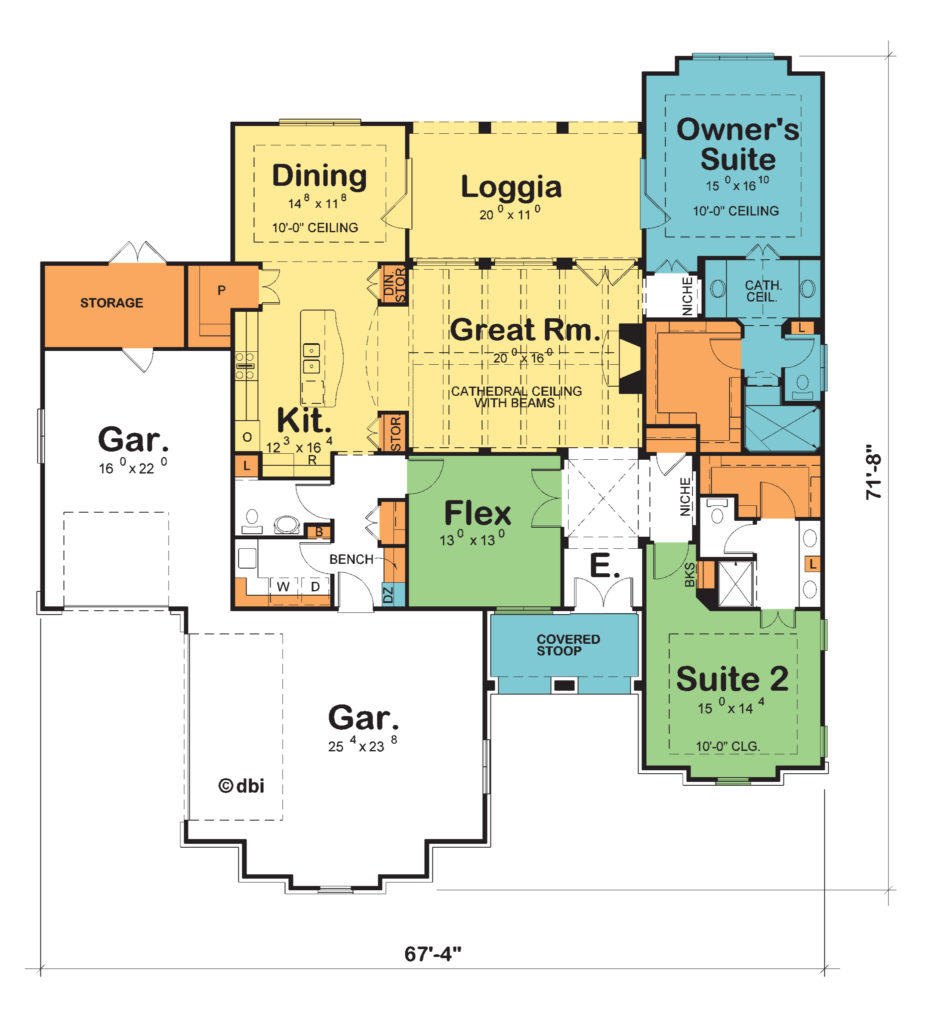
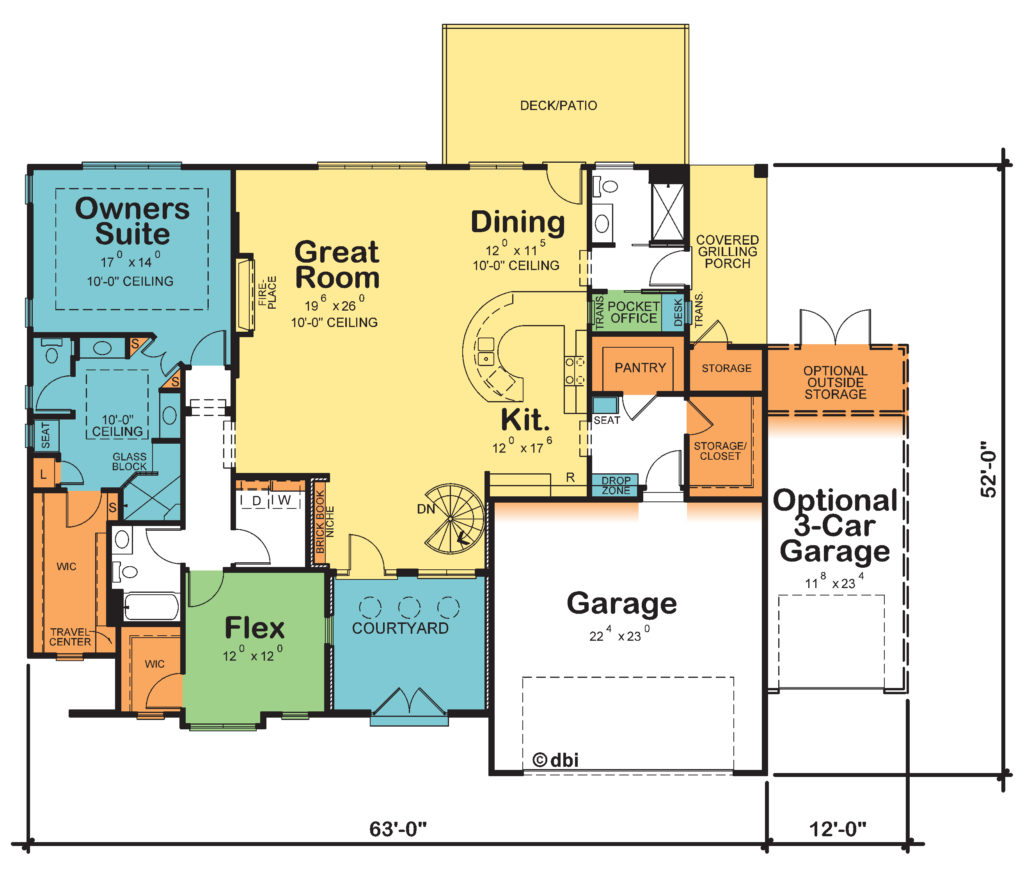



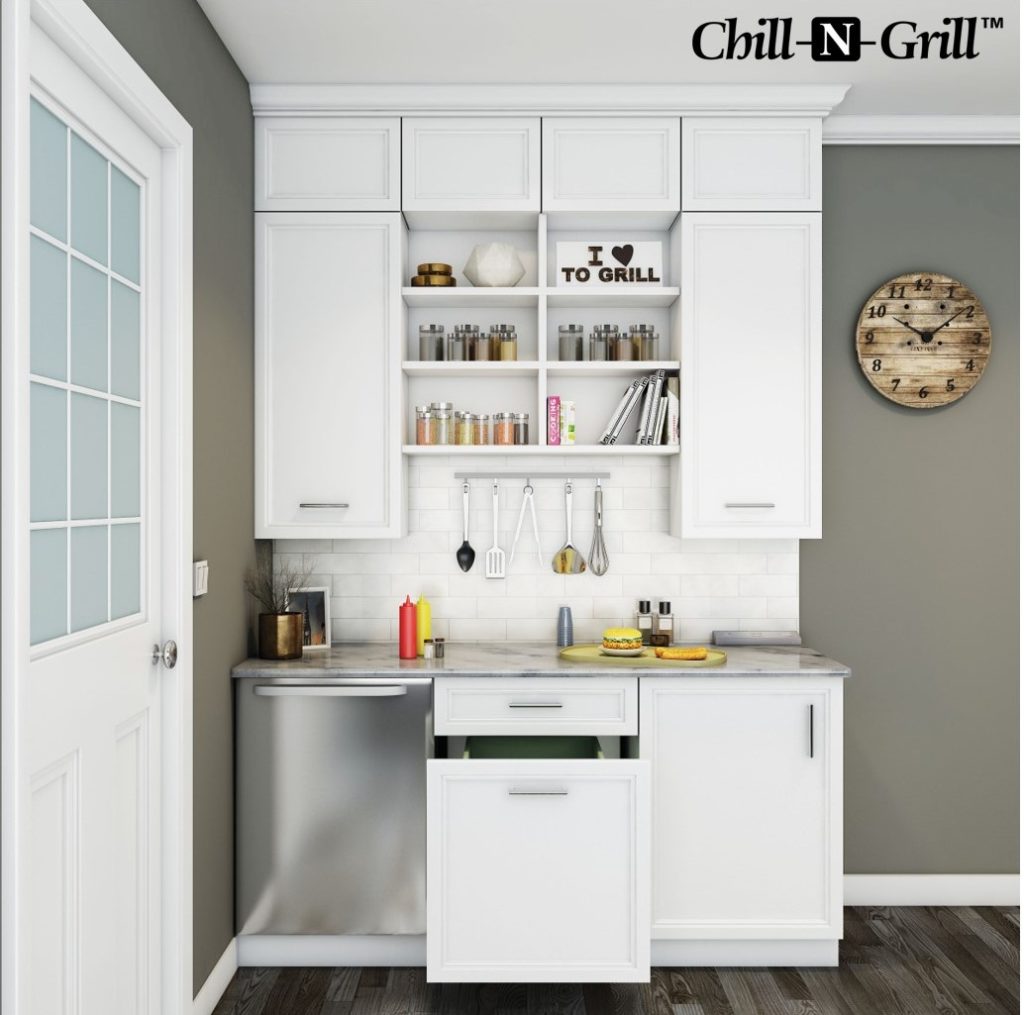

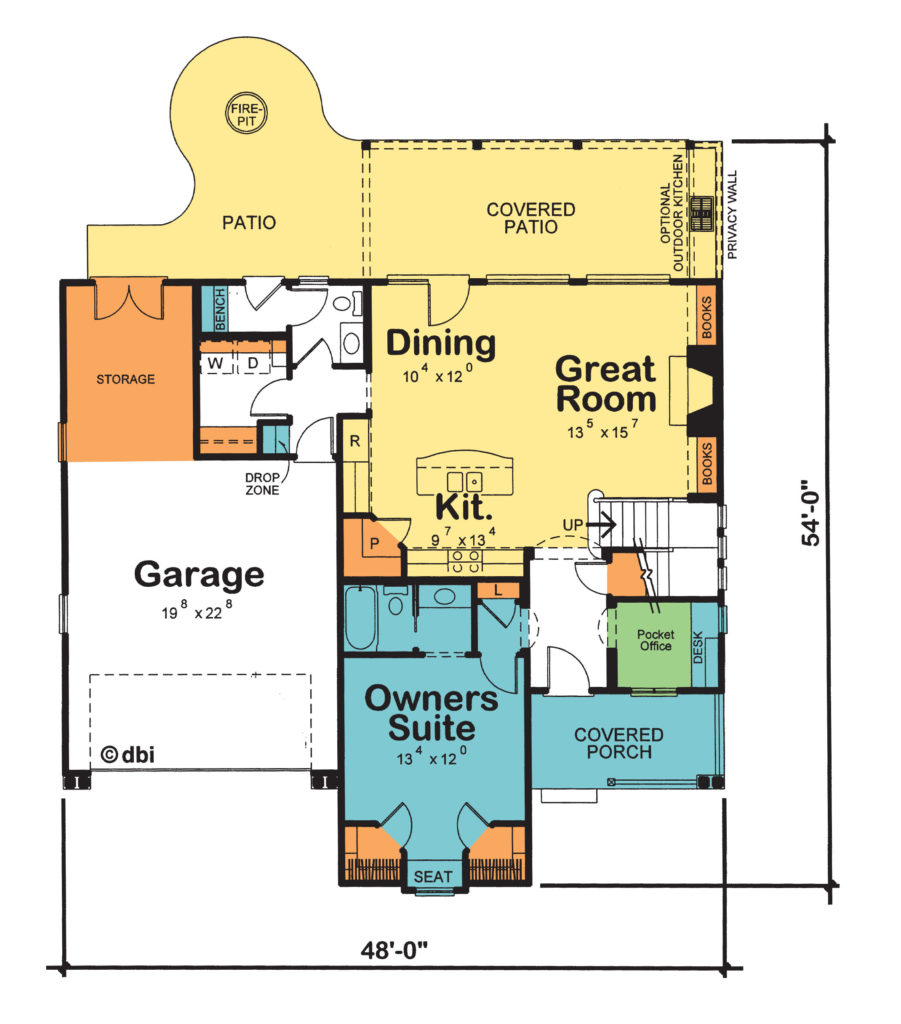

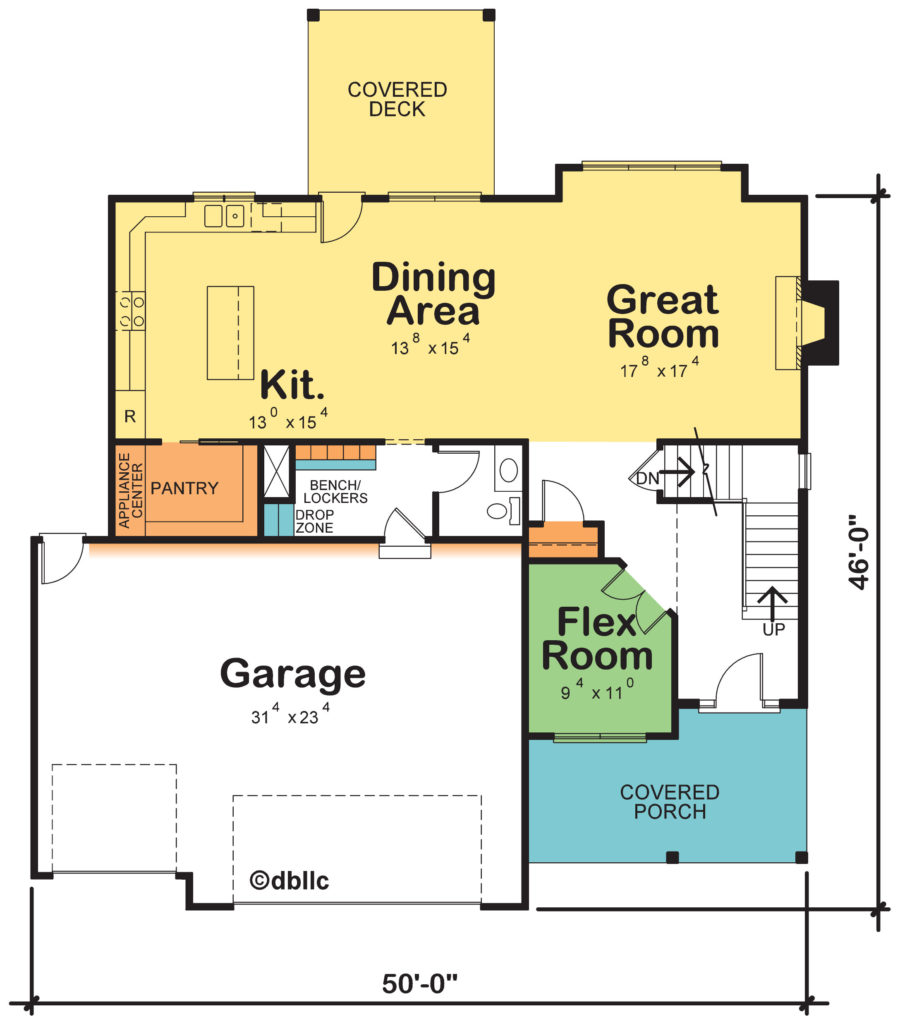
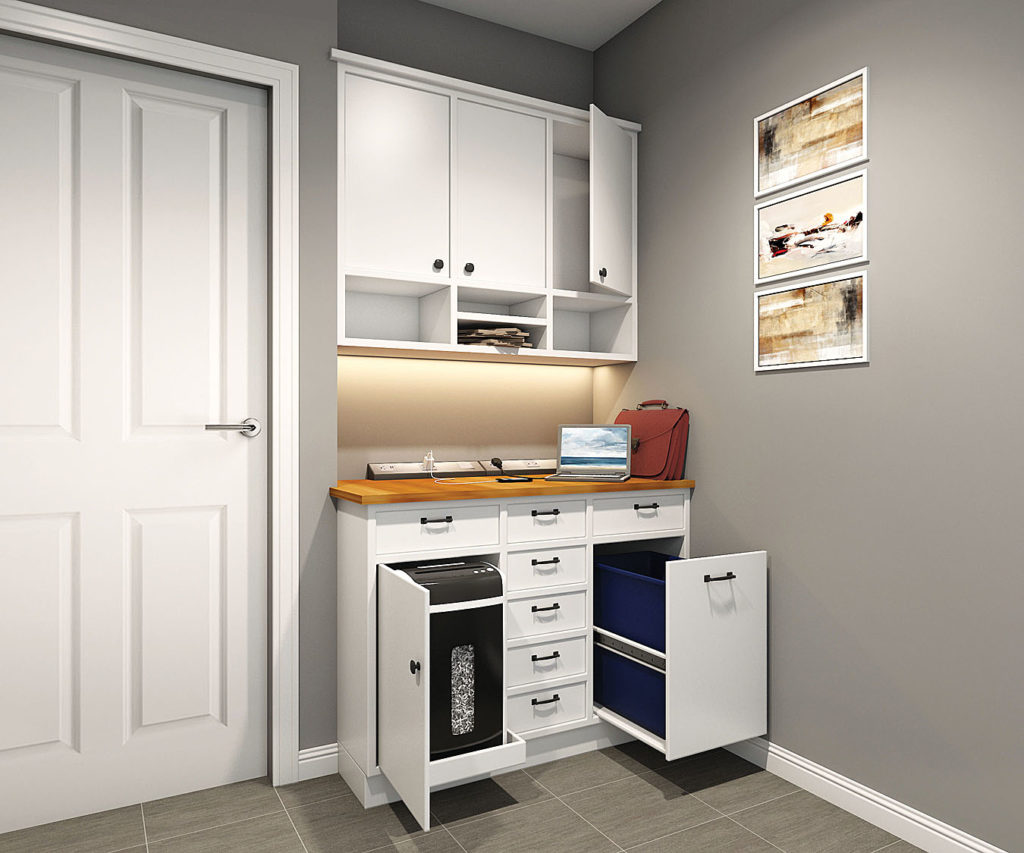
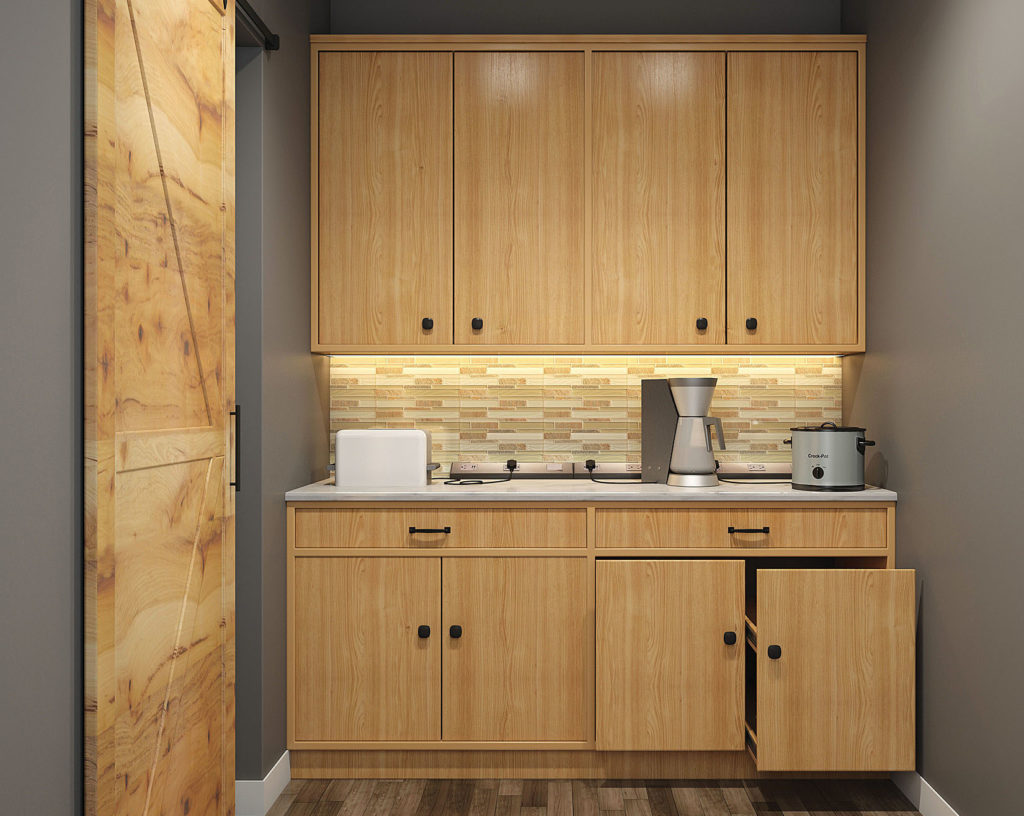

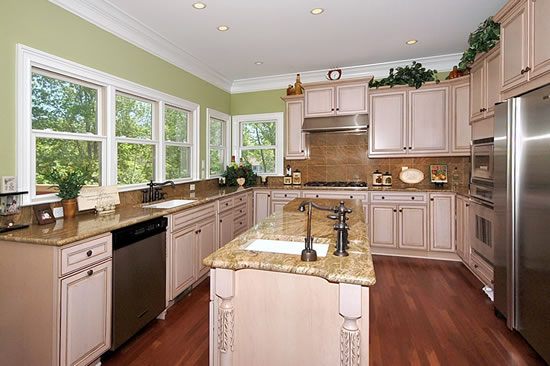
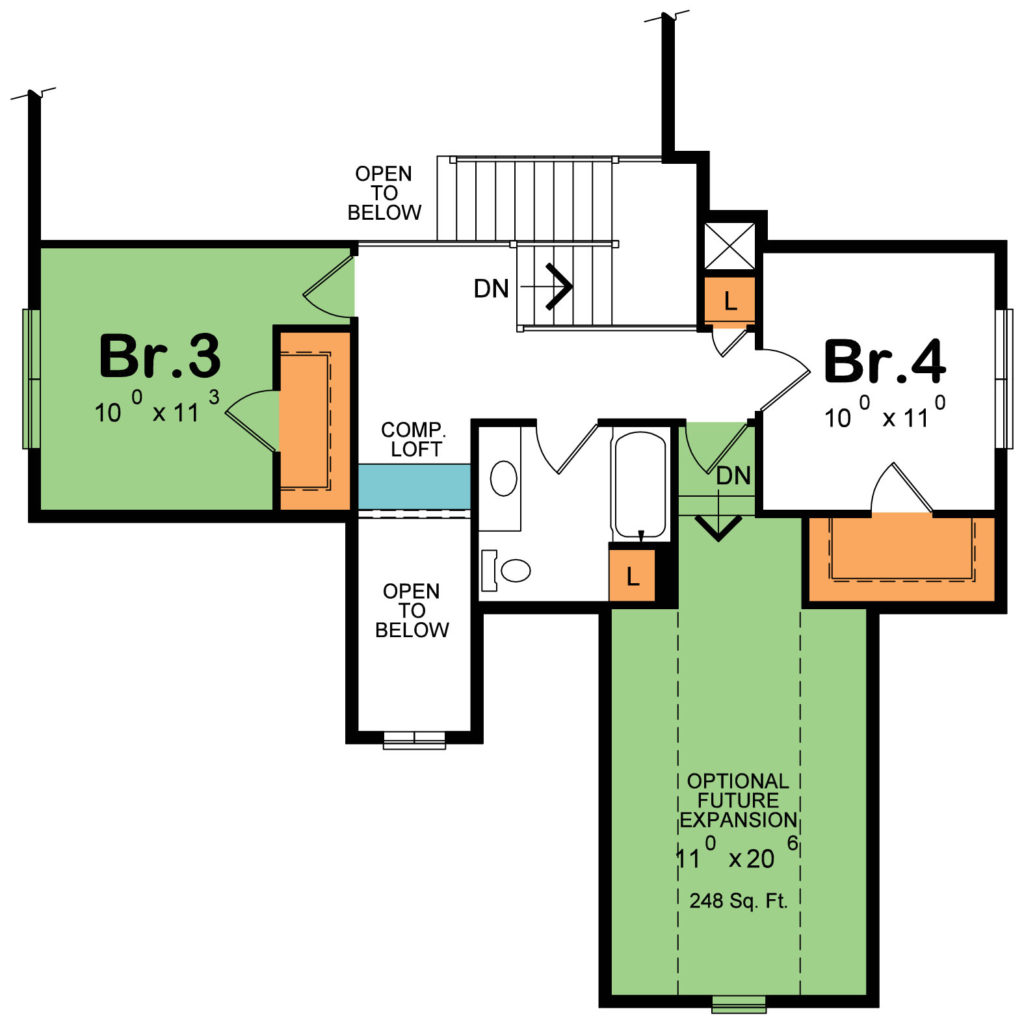
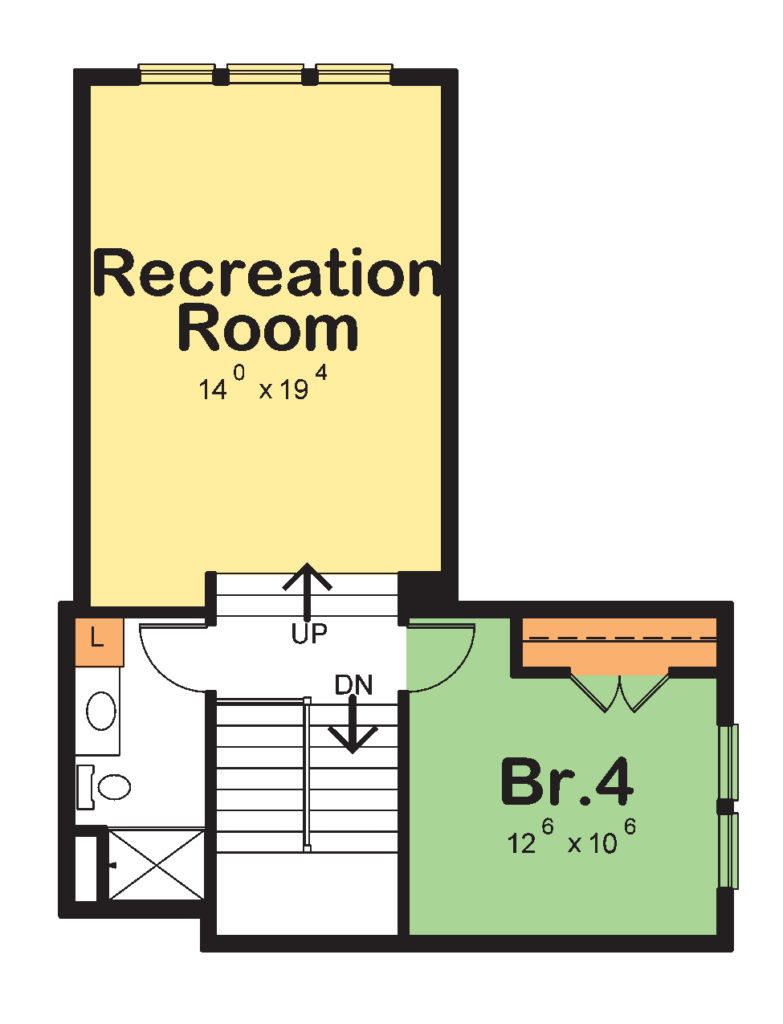
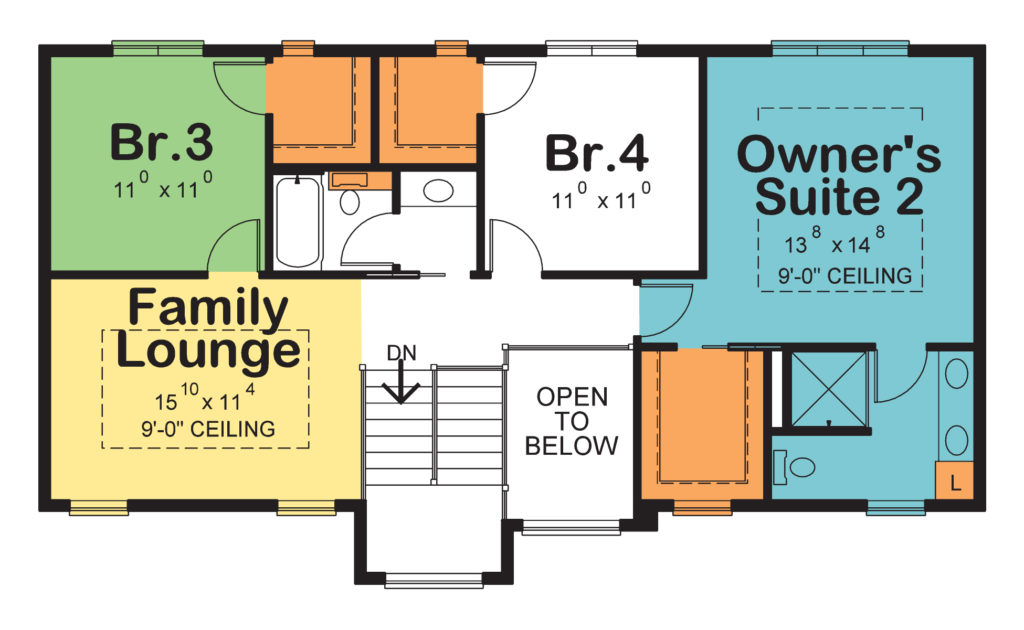

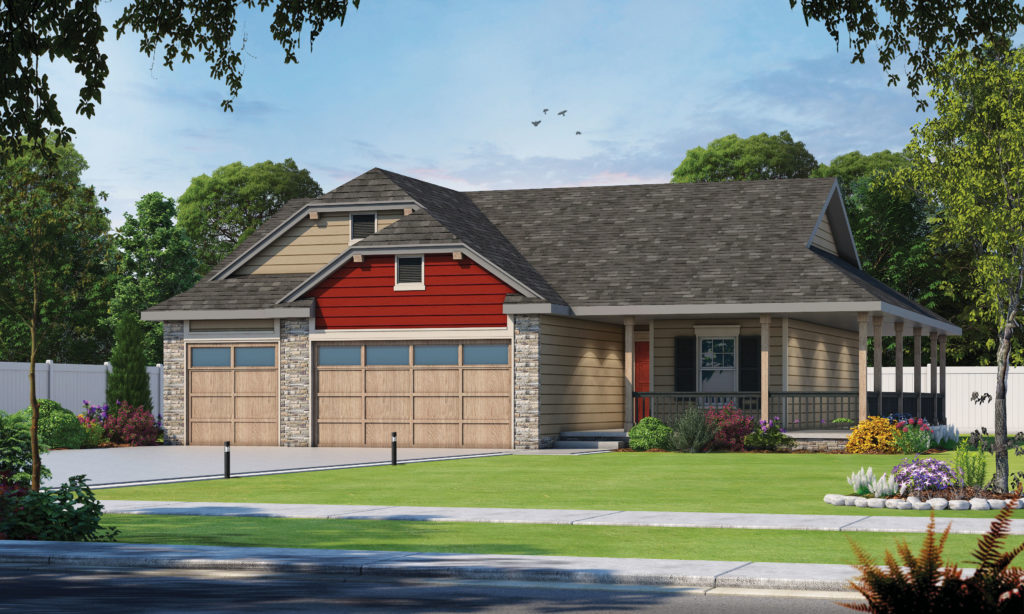

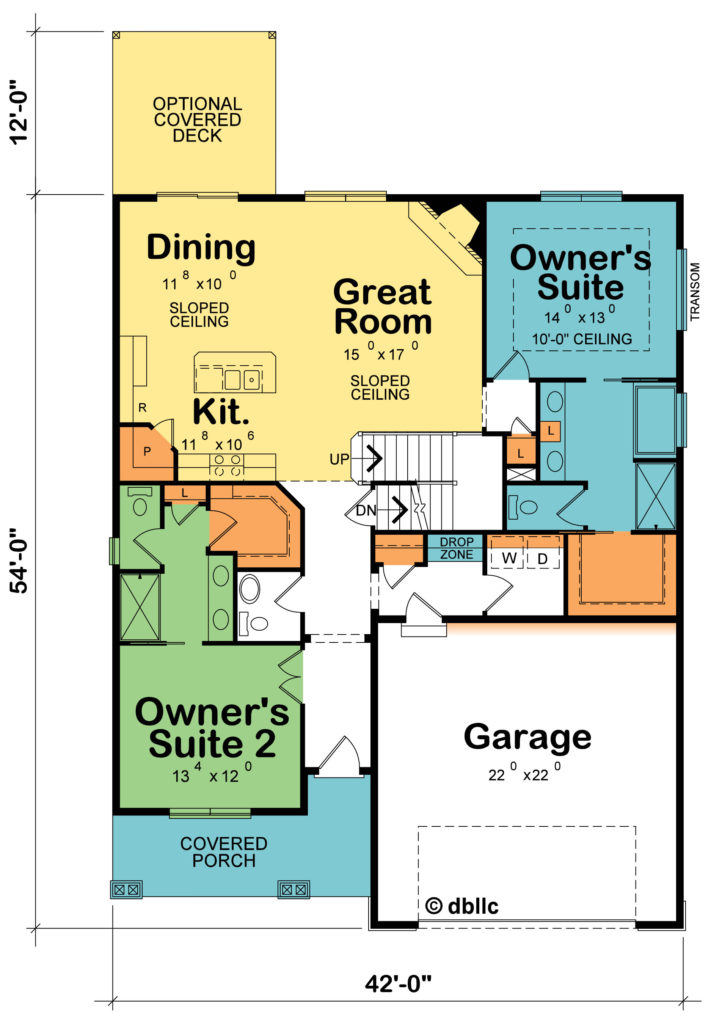
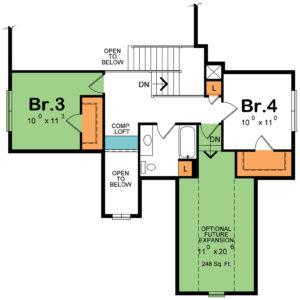

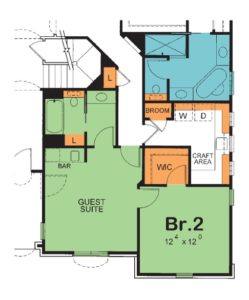

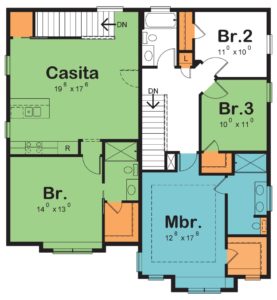

 I can probably get the plans cheaper elsewhere. Our
I can probably get the plans cheaper elsewhere. Our 